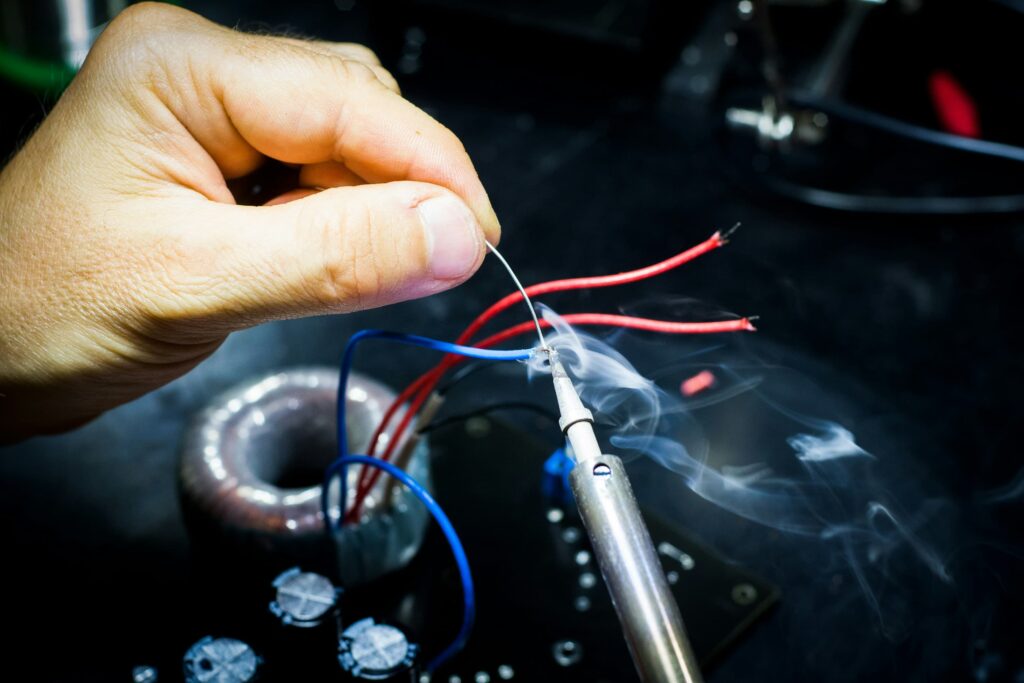
UPS Monitoring System

Overview
A UPS (Uninterruptible Power Supply) Monitoring System is a comprehensive solution designed to continuously monitor and manage the performance of UPS units. This system ensures that your critical infrastructure remains protected against power disruptions, providing real-time data and alerts to maintain optimal operation and prevent downtime.
Key Features
Real-Time Monitoring: Provides real-time insights into the status of your UPS units, including battery health, load levels, input/output voltage, and frequency.
Alerts and Notifications: Instant alerts and notifications for critical events such as power failures, battery issues, and overload conditions, delivered via email, SMS, or other communication channels.
Historical Data Logging: Records historical data for trend analysis, performance evaluation, and predictive maintenance planning.
Remote Access: Allows remote monitoring and management of UPS systems from any location via a secure web-based interface.
Integration Capabilities: Seamlessly integrates with existing network management and building management systems for unified monitoring and control.
User-Friendly Dashboard: The intuitive dashboard provides a comprehensive overview of all monitored UPS units, with customizable views and detailed reporting.
Maintenance Scheduling: Facilitates proactive maintenance by scheduling regular checks and servicing, ensuring UPS reliability and longevity.
Scalability: Designed to support multiple UPS units across different locations, scalable to meet the needs of small businesses to large enterprises.
Applications
Data Centers: Ensuring continuous power supply to critical servers and networking equipment.
Industrial Facilities: Maintaining power stability for manufacturing processes and industrial automation systems.
Healthcare: Protecting essential medical equipment and systems from power interruptions.
Commercial Buildings: Managing power supply for offices, retail spaces, and commercial complexes.
Telecommunications: Ensuring uninterrupted power for communication infrastructure and network operations.
Benefits
Enhanced Reliability: Continuous monitoring helps detect and address issues before they lead to system failures, ensuring uninterrupted power supply.
Proactive Maintenance: Early identification of potential problems allows for timely maintenance and repairs, reducing downtime and extending the life of UPS units.
Cost Savings: Prevents costly disruptions and damage to critical equipment, protecting your investment and reducing operational costs.
Improved Efficiency: Streamlined monitoring and management processes enhance operational efficiency and resource utilization.
Peace of Mind: Provides confidence that your power infrastructure is under constant surveillance, ensuring business continuity and protection against power-related issues.
How It Works

Installation
Set up the UPS Monitoring System by connecting it to your UPS units and configuring network settings.

Configuration
Use the web-based interface to configure monitoring parameters, alert thresholds, and notification settings.

Data Collection
The system continuously collects data from the UPS units, including voltage, current, temperature, and battery status.

Monitoring and Alerts
Monitor the data in real-time through the dashboard and receive instant alerts for any anomalies or critical events.

Analysis and Reporting:
Analyze historical data to identify trends, optimize performance, and generate detailed reports for maintenance and audit purposes.


